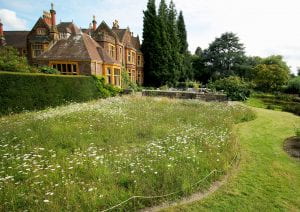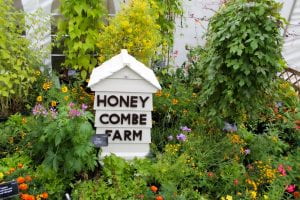By Andy Winfield
 It’s been four months without you, the visitors, students, University staff and members of the Garden; four months maintaining a Garden without volunteers, just each other and wildlife for company. Without doubt we’ve all missed you. Missed when the sun shines and people are walking around, some pointing some ambling with their hands behind their backs (also my own chosen method of garden viewing), some sitting with eyes closed feeling the warmth and listening to the chatter of birds around them. On days like this we feel a sense of Gardening for a purpose, when visitors have had an hour away from their usual existence in the company of plants, or taken away new facts and knowledge about the plant world that they’ll forget until that pub quiz, or time has run away from them and its suddenly four o’clock; these all make our work worthwhile. The Garden was built for people to view and without people here it feels a little eerie. (more…)
It’s been four months without you, the visitors, students, University staff and members of the Garden; four months maintaining a Garden without volunteers, just each other and wildlife for company. Without doubt we’ve all missed you. Missed when the sun shines and people are walking around, some pointing some ambling with their hands behind their backs (also my own chosen method of garden viewing), some sitting with eyes closed feeling the warmth and listening to the chatter of birds around them. On days like this we feel a sense of Gardening for a purpose, when visitors have had an hour away from their usual existence in the company of plants, or taken away new facts and knowledge about the plant world that they’ll forget until that pub quiz, or time has run away from them and its suddenly four o’clock; these all make our work worthwhile. The Garden was built for people to view and without people here it feels a little eerie. (more…)


